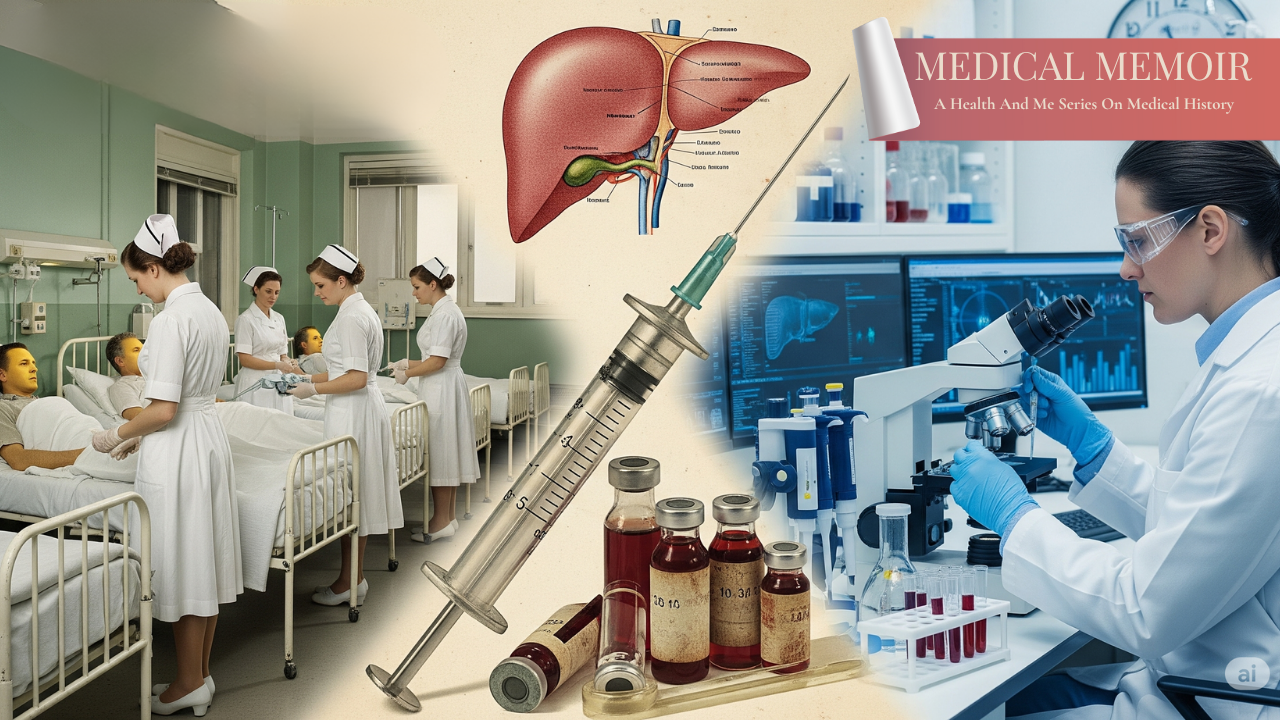Medical Memoir: Before COVID, Hepatitis Was The Mystery Virus That Haunted Generations

Credits: Health and me
SummaryThis story revisits the decades-long enigma of hepatitis—once a silent, misunderstood killer—tracing its medical breakthroughs, public fear, and how it quietly shaped modern virology long before COVID emerged.
End of Article
